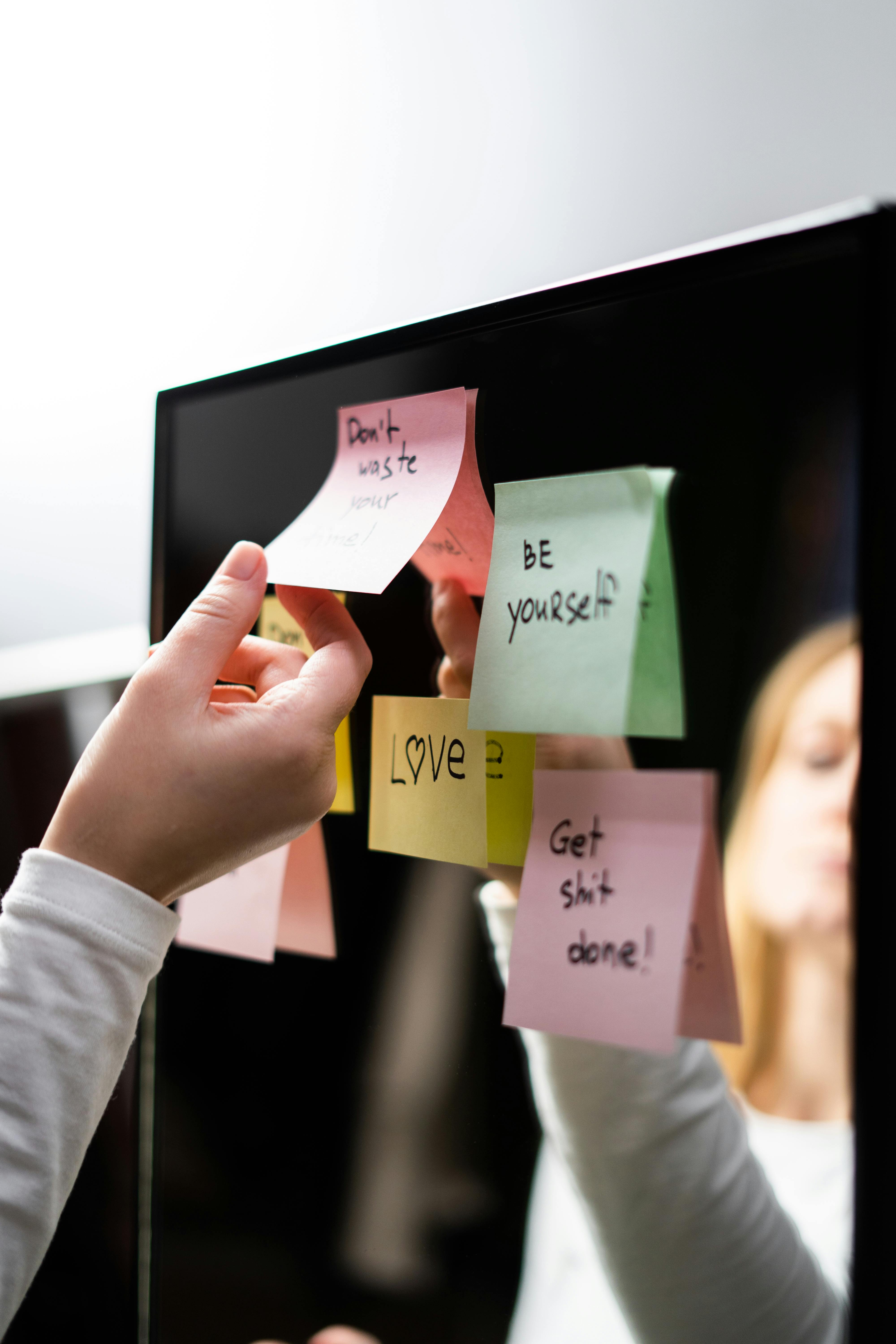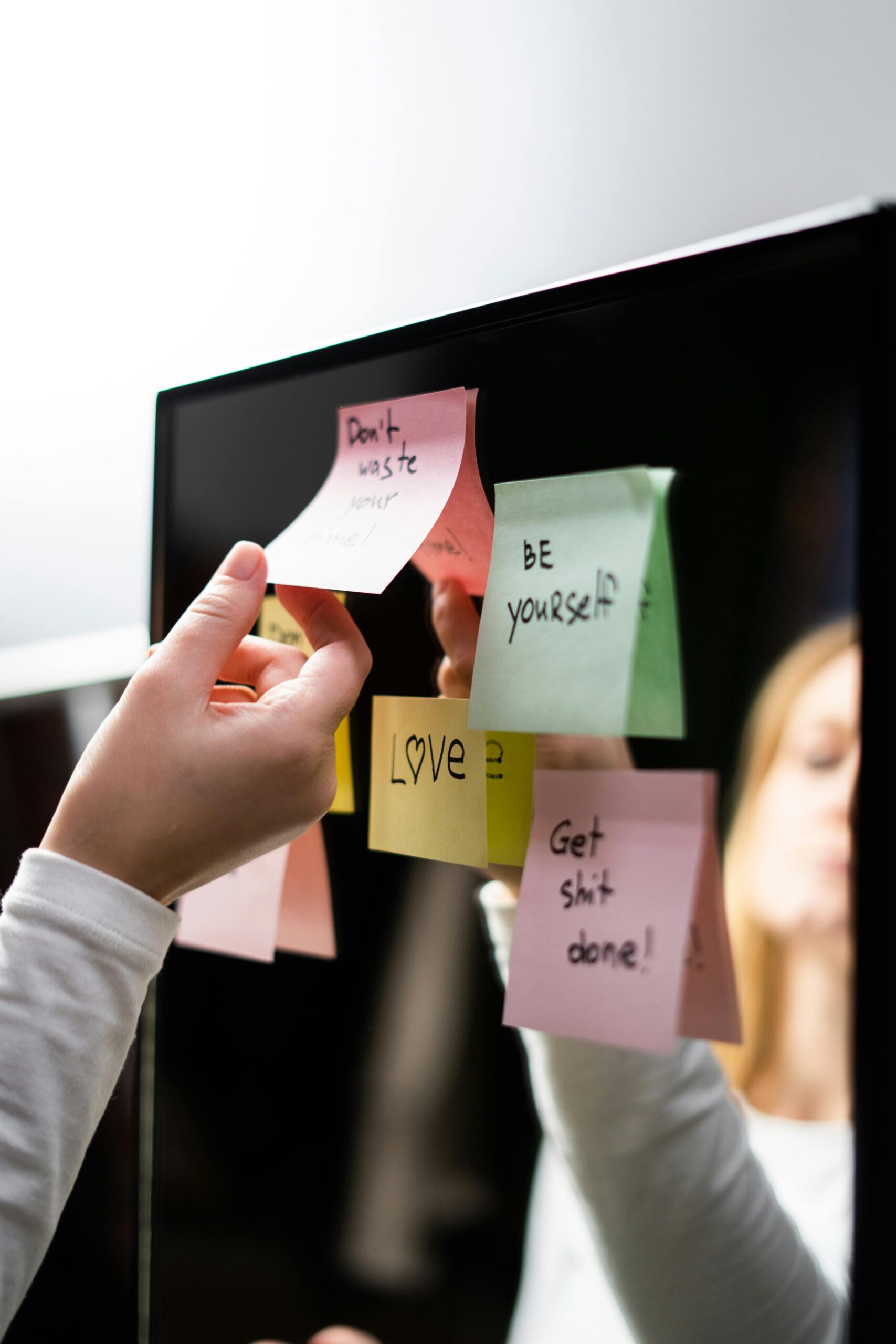Top Expert Tips Mindfulness for Everyday Life
In today’s fast-paced world, the need for mindfulness has never been more critical. With distractions around every corner and stress levels on the rise, finding ways to stay grounded can transform your daily experience. In this article, you’ll uncover the most effective tips mindfulness experts recommend, broken down into practical sections to help you build mental clarity and emotional wellness.

Understanding the Fundamentals
Mindfulness is the practice of being fully present and aware of your thoughts, feelings, bodily sensations, and surroundings. Its roots trace back to ancient meditation practices, particularly within Buddhist traditions, but its relevance has only grown in modern psychology and wellness circles.
Understanding mindfulness starts with recognizing how our minds often dwell in the past or worry about the future. Learning to anchor awareness in the present can drastically improve quality of life. Like training a muscle, mindfulness grows stronger with practice.
1.1 Awareness and Presence
At its core, mindfulness is about awareness—acknowledging what’s happening inside and around you without judgment. Studies from Harvard and UCLA confirm that regular mindfulness practice enhances cognitive flexibility and emotional regulation.
Whether you’re eating, walking, or listening to someone, being truly present creates deeper connections and richer experiences. Many believe mindfulness means clearing the mind completely—on the contrary, it’s about observing thoughts, not eliminating them.
1.2 Non-judgmental Observation
Unlike traditional concentration exercises, mindfulness encourages observing thoughts without labeling them as good or bad. This non-judgmental stance fosters acceptance and reduces internal conflict.
For example, instead of reacting negatively to a stressful thought, you acknowledge it and let it pass, like clouds drifting through the sky. This technique is what makes mindfulness different from other self-help approaches—it’s about being, not fixing.
Practical Implementation Guide
Now that you understand the core principles, let’s explore how to put them into practice. These tips mindfulness experts advocate for are accessible and can be woven into any lifestyle. While results vary, many notice improvements in as little as a week.

2.1 Actionable Steps
- Start with breathing: Spend 5 minutes focusing on your breath each morning. Inhale for 4 counts, exhale for 4. Use a timer to stay consistent.
- Use mindfulness cues: Attach mindfulness to daily tasks like brushing your teeth or commuting. These serve as anchor moments.
- Track progress: Maintain a simple journal to reflect on your mindfulness each evening. Include successes and challenges.
2.2 Overcoming Challenges
Practicing mindfulness isn’t always easy. Common obstacles include racing thoughts, impatience, and external distractions. Solutions include starting small, using guided meditations, and practicing in a quiet environment.
Watch out for signs like frustration or avoidance, which may indicate resistance. Expert tips mindfulness coaches offer include pairing practice with something enjoyable—like tea or soft music—to ease into it gently.
Advanced Applications
Once you’ve built a foundational mindfulness practice, you’re ready to explore more advanced applications. These next-level strategies require deeper commitment but offer profound rewards, especially for those dealing with chronic stress or burnout.

3.1 Body Scan Meditation
This powerful technique involves mentally scanning your body from head to toe, noticing tension or discomfort. Research published in the Journal of Psychosomatic Research shows body scans reduce physical pain and anxiety in patients with chronic illness.
Practicing daily for 10-15 minutes can enhance bodily awareness and calm the nervous system. Metrics from mindfulness apps report users feel 40% more relaxed after consistent use of body scan methods.
3.2 Integrative Mindfulness
Advanced practitioners often blend mindfulness with productivity systems like GTD (Getting Things Done) or therapy modalities like CBT (Cognitive Behavioral Therapy). These integrations offer holistic benefits.
Compatibility with digital calendars, workplace routines, and even parenting strategies make integrative mindfulness practical and efficient for busy lives. The key is customization—adapting techniques to fit your unique rhythm.
Future Outlook
The future of mindfulness is promising. Innovations like AI-guided meditation apps, virtual reality experiences, and biometric feedback tools are making mindfulness more interactive and effective.
Experts predict that in the next 3–5 years, mindfulness will become a standard part of school curriculums, corporate wellness programs, and even public health policies. To stay ahead, readers can begin incorporating these tools now to stay mentally agile.
Conclusion
Three key takeaways from this guide are: mindfulness is accessible to all, small consistent actions yield big results, and advanced methods can supercharge your well-being. Each of the tips mindfulness experts provide empowers you to live more consciously and calmly.
Ready to begin your mindfulness journey? Start today with one small practice. You don’t need perfection—just presence. A daily habit can lead to lifelong transformation.
Frequently Asked Questions
- Q: What is mindfulness in simple terms? Mindfulness is the act of being fully aware of the present moment without judgment. It’s like noticing your thoughts and feelings without reacting to them.
- Q: How do I start practicing mindfulness? Begin with simple breathing exercises. Set aside 5 minutes a day to focus on your breath and bodily sensations.
- Q: How long before I see results? Most people feel some benefit within a week, but noticeable changes typically occur after 3-4 weeks of consistent practice.
- Q: Is mindfulness expensive to learn? Not at all. Many practices are free, and you can use apps, YouTube videos, or books to guide you at little to no cost.
- Q: How does mindfulness compare to meditation? Meditation is a broader category; mindfulness is one form of it focused on present-moment awareness. Both are beneficial but serve different goals.
- Q: Is mindfulness hard to learn? It can be challenging at first due to distractions, but with practice, it becomes easier. No prior experience is needed.
- Q: Can I use mindfulness in my profession? Absolutely. Professionals in healthcare, education, and business all use mindfulness to reduce stress and increase focus. Tailored strategies are available.
